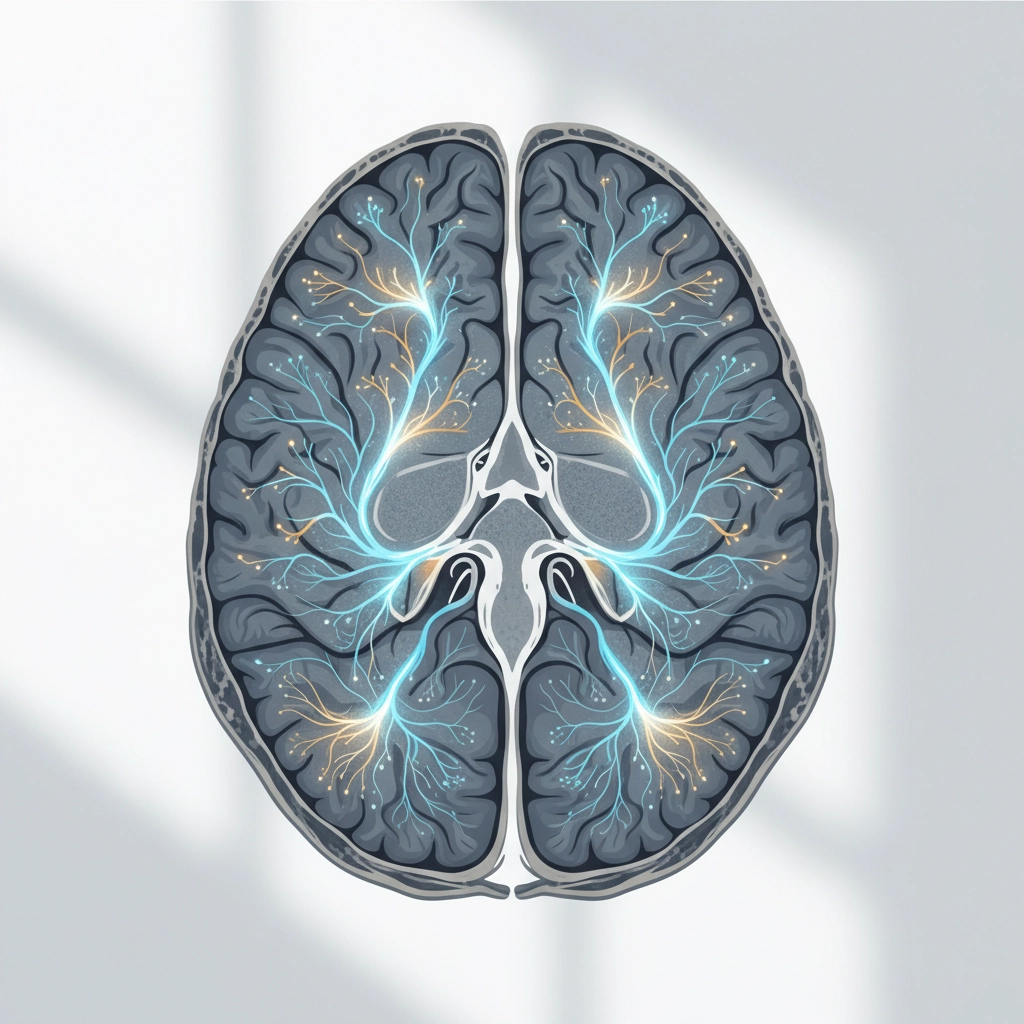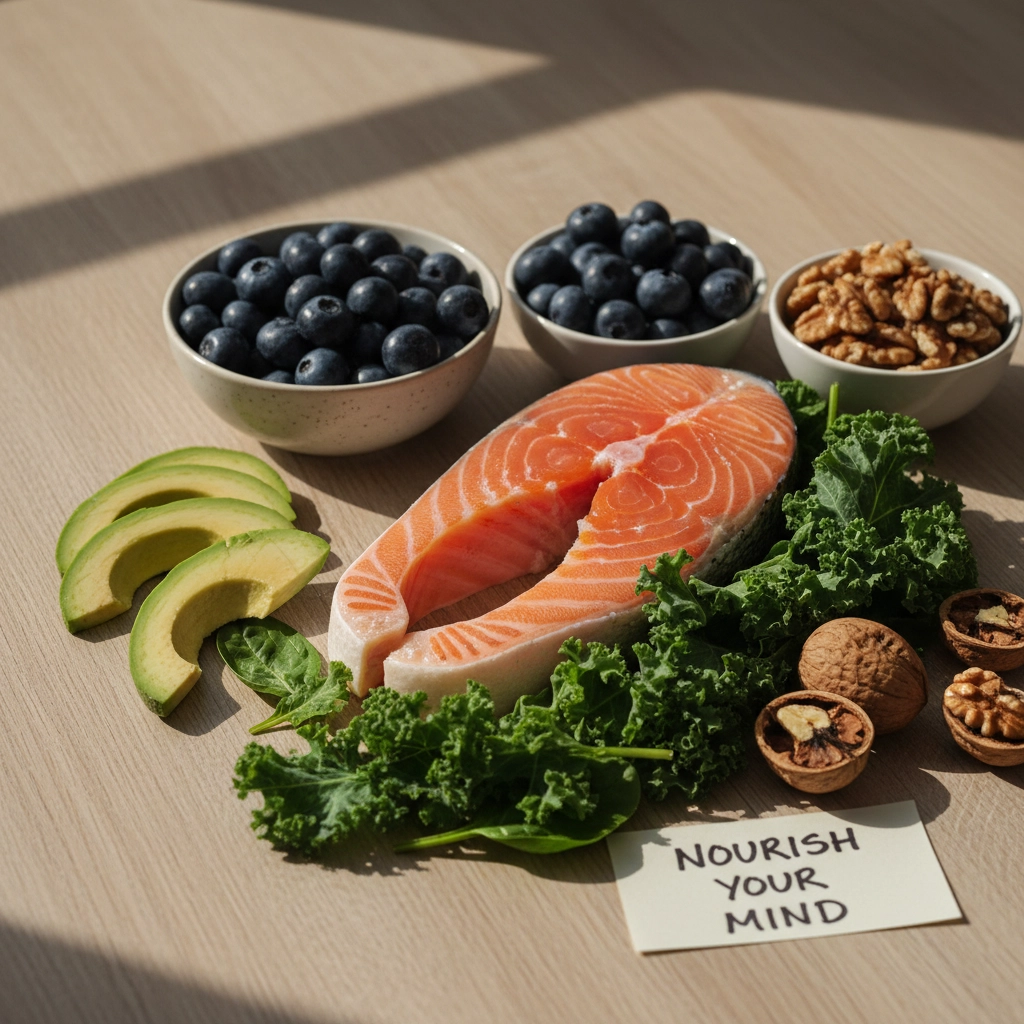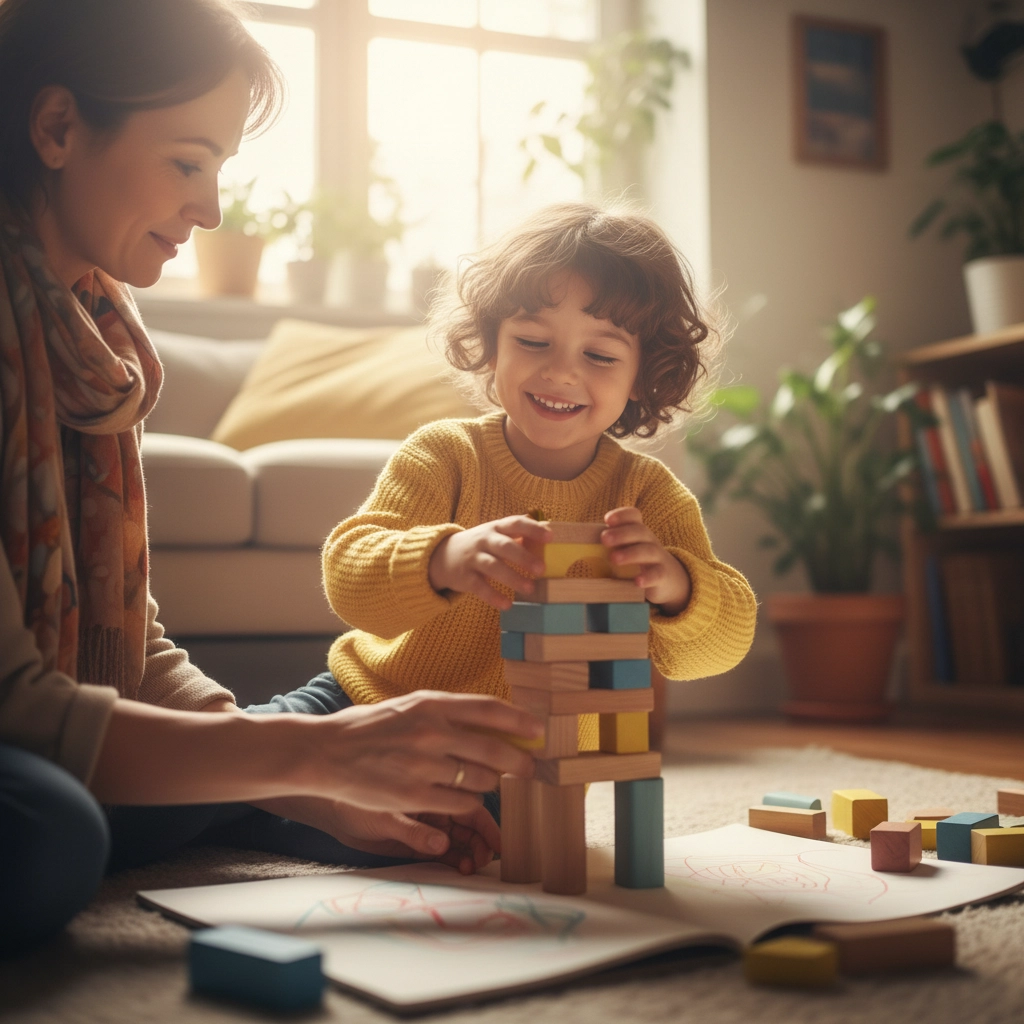Are Traditional Rehabilitation Methods Dead? How Neuroplasticity Changes Everything
- Joana Talafre

- Sep 23
- 5 min read
Traditional rehabilitation isn't dead: it's evolving. And this evolution is being driven by one of the most exciting discoveries in modern neuroscience: neuroplasticity. As advocates for inclusive, science-based approaches to rehabilitation, we've witnessed firsthand how understanding the brain's remarkable ability to rewire itself is transforming lives in ways traditional methods alone never could.
The question isn't whether we should abandon everything we know about rehabilitation. It's about how we can build upon proven foundations with cutting-edge science to create more effective, personalized approaches that truly meet people where they are.
What Traditional Rehabilitation Gets Right (And Where It Falls Short)
Let's be clear: traditional physical therapy, occupational therapy, and speech therapy have helped millions of people. These approaches provide structured frameworks and proven techniques that remain valuable today. But we've also seen their limitations: particularly when working with individuals who have complex neurological challenges or haven't responded to conventional methods.
Traditional rehabilitation often follows a one-size-fits-all approach. It focuses primarily on compensating for lost function rather than actively promoting the brain's natural capacity to heal and adapt. While this can be helpful, it doesn't tap into the incredible potential that neuroplasticity research has revealed.

Research published in NeuroRehabilitation shows that traditional approaches frequently fail to create lasting functional improvements because they don't adequately engage the neural mechanisms responsible for learning and adaptation¹. This is where neuroplasticity-based interventions shine: they work with the brain's natural processes rather than around them.
The Neuroplasticity Revolution: Your Brain Never Stops Learning
Here's what changes everything: your brain is constantly reorganizing itself. Every experience, every movement, every thought creates new neural pathways and strengthens existing ones. This happens throughout your entire life, not just during childhood as we once believed.
Dr. Michael Merzenich, often called the "father of neuroplasticity," has shown through decades of research that the adult brain remains remarkably plastic². This means that even after injury, stroke, or developmental challenges, the brain can form new connections and find alternative pathways to accomplish tasks.
The implications are profound. Instead of simply working around damaged areas of the brain, we can actively stimulate the formation of new neural networks. This is the foundation of neuromovement: the practice of using specific, mindful movement patterns to promote brain organization and function.
Neuromovement: The Heart of Modern Rehabilitation
Neuromovement represents a fundamental shift in how we approach rehabilitation. Developed by Dr. Anat Baniel, this method recognizes that the brain learns through variation, attention, and slow, mindful movement³. Rather than forcing the body through repetitive exercises, neuromovement creates conditions that allow the nervous system to discover new possibilities.
The science behind this approach is compelling. Studies in Brain Plasticity demonstrate that novel movement patterns activate multiple brain regions simultaneously, promoting neural integration and functional improvement⁴. When we move with attention and variation: key principles of neuromovement: we literally wire new neural pathways.

This isn't just theoretical. We've seen children with cerebral palsy develop new movement patterns they never had before. We've witnessed adults recovering from stroke regain abilities their doctors said were impossible. The difference is that neuromovement works with the brain's learning mechanisms instead of against them.
The nine essentials of neuromovement: movement with attention, slow, variation, subtlety, enthusiasm, flexible goals, the learning switch, imagination and dreams, and awareness: provide a roadmap for tapping into neuroplasticity. Each principle is grounded in neuroscience research showing how the brain learns most effectively⁵.
The Nutrition Connection: Feeding Neuroplasticity
While neuromovement provides the movement foundation for neural change, holistic nutrition supplies the biochemical building blocks. The brain is metabolically demanding, using about 20% of our total energy despite comprising only 2% of body weight. When we're asking the brain to reorganize itself through neuroplastic processes, optimal nutrition becomes even more critical.
Research published in Frontiers in Aging Neuroscience shows that specific nutrients directly support neuroplasticity mechanisms⁶. Omega-3 fatty acids, found in fish oil and algae, are essential for synaptic plasticity and neural membrane health. Brain-derived neurotrophic factor (BDNF), often called "Miracle-Gro for the brain," can be naturally boosted through compounds like curcumin and dark leafy greens.

We advocate for a whole-foods approach that supports both brain function and overall health. This includes:
Anti-inflammatory foods like wild salmon, blueberries, and turmeric to reduce neuroinflammation
Healthy fats from avocados, nuts, and olive oil to support neural membrane integrity
Antioxidant-rich vegetables to protect against oxidative stress
Quality protein to provide amino acids for neurotransmitter production
The gut-brain connection adds another layer of complexity. Research in Nature Reviews Neuroscience reveals how the microbiome directly influences neuroplasticity through the vagus nerve and inflammatory pathways⁷. Supporting digestive health through probiotics, prebiotics, and healing foods becomes part of optimizing brain function.
Beyond the Clinic: A Holistic Approach to Recovery
What excites us most about this neuroplasticity-informed approach is how it extends beyond traditional clinical settings. When we understand that the brain is constantly learning and adapting, every interaction becomes an opportunity for positive change.
This is particularly relevant for families navigating developmental challenges or recovery from injury. Instead of waiting for weekly therapy sessions, daily life becomes therapeutic. Simple activities like cooking, gardening, or playing can be approached with neuromovement principles to promote learning and development.

The research supports this holistic perspective. Studies show that environmental enrichment: exposure to novel experiences, social interaction, and physical activity: significantly enhances neuroplasticity⁸. This means that the most powerful rehabilitation happens when therapeutic principles are woven throughout a person's entire life experience.
The Future Is Integration, Not Replacement
We're not suggesting that traditional rehabilitation methods should be abandoned. Instead, we're advocating for an integrated approach that combines the best of conventional therapy with neuroplasticity-based innovations.
Physical therapists are increasingly incorporating principles of motor learning and neural adaptation into their practice. Occupational therapists are using neuromovement techniques to help clients develop new functional skills. Speech-language pathologists are applying neuroplasticity principles to support communication development.
The most effective approaches we've seen combine structured therapeutic interventions with lifestyle modifications that support ongoing neuroplastic change. This might include traditional physical therapy sessions enhanced with neuromovement principles, combined with nutritional support and environmental modifications that promote continued learning and adaptation.
A Message of Hope and Possibility
If you're reading this because you or someone you love is facing rehabilitation challenges, we want you to know: the brain's capacity for change never ends. Whether you're dealing with stroke recovery, developmental delays, chronic pain, or neurological conditions, there are science-based approaches that can help.
The shift toward neuroplasticity-informed rehabilitation represents more than just new techniques: it's a fundamental change in how we view human potential. Instead of focusing on limitations and deficits, we're learning to recognize and cultivate the brain's remarkable ability to heal, adapt, and grow.
Traditional rehabilitation methods aren't dead, but they're being reborn through the lens of neuroplasticity. At SIENS, we're committed to helping families access these transformative approaches through education, resources, and connection to practitioners who understand the power of the plastic brain.
The future of rehabilitation is here, and it's brighter than ever before. Your brain is ready to learn: are you ready to give it the chance?
References:
Kleim, J. A., & Jones, T. A. (2008). Principles of experience-dependent neural plasticity: implications for rehabilitation after brain damage. Journal of Speech, Language, and Hearing Research, 51(1), S225-S239.
Merzenich, M. (2013). Soft-Wired: How the New Science of Brain Plasticity Can Change Your Life. Parnassus Publishing.
Baniel, A. (2012). Kids Beyond Limits. TarcherPerigee.
Doyon, J., & Benali, H. (2005). Reorganization and plasticity in the adult brain during learning of motor skills. Current Opinion in Neurobiology, 15(2), 161-167.
Feldenkrais, M. (1972). Awareness Through Movement. Harper & Row.
Gómez-Pinilla, F. (2008). Brain foods: the effects of nutrients on brain function. Nature Reviews Neuroscience, 9(7), 568-578.
Cryan, J. F., & Dinan, T. G. (2012). Mind-altering microorganisms: the impact of the gut microbiota on brain and behaviour. Nature Reviews Neuroscience, 13(10), 701-712.
Sale, A., Berardi, N., & Maffei, L. (2009). Enrich the environment to empower the brain. Trends in Neurosciences, 32(4), 233-239.


Comments